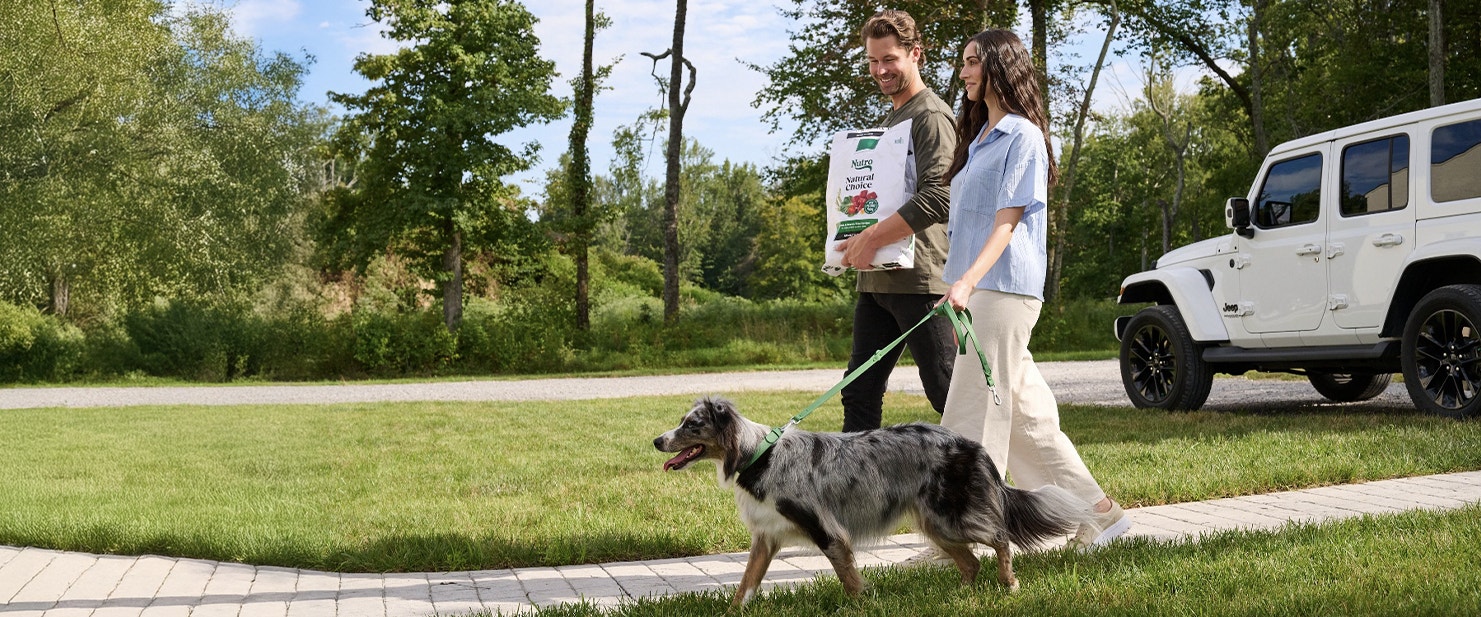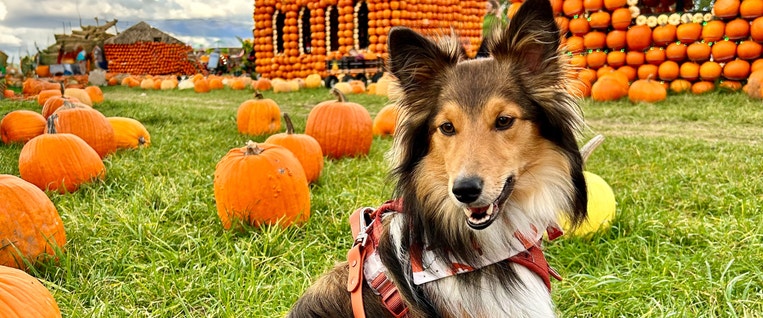
A Guide to Enjoyable and Safe Dog Walking
There's nothing quite like the excitement of grabbing the leash and heading out the door with your dog. The wagging tail, the eager barks, and the sparkle in their eyes are all testaments to the joy that dog walking brings. But dog walking is more than just a fun activity – it's a crucial part of your dog's overall well-being. So, how often should you be lacing up those sneakers?
Factors That Influence Your Dog's Walking Needs
By considering these factors, you can create a tailored exercise plan that meets your dog's unique needs and promotes their overall health and well-being.
- Breed: High-energy breeds require more exercise than lower-energy breeds.
- Age: Older dogs or puppies have different needs. Puppies need gentle, short walks to prevent overexertion, while older dogs may require shorter, more leisurely strolls.
- Health: Dogs with joint issues, arthritis, or other health concerns need adjusted walking routines to avoid exacerbating their condition.
- Weight and specific health concerns: Consulting with your vet is essential to determine the best exercise plan for your dog, especially if they have specific health issues.
- Size: Larger dogs generally require more exercise than smaller dogs, but this can vary depending on breed and individual energy levels.
- Individual energy level: Some dogs, regardless of breed, have higher or lower energy levels than others. Observing your dog's behavior and adjusting their exercise routine accordingly is crucial.
- Training and mental stimulation: Dogs need mental stimulation as well as physical exercise. Incorporating training sessions, puzzle toys, and interactive play can help meet their overall needs.
- Environmental factors: Weather, living situation (apartment vs. house with yard), and access to safe walking areas can all impact your dog's walking needs.
Establishing a Healthy Walking Routine
With these factors in mind, you can establish a walking routine that meets your dog's unique needs. As a general rule of thumb, aim to walk your dog at least twice a day for a total of 30 minutes to an hour. Consistency is key to maintaining a routine that's essential for your dog's mental and physical health.
The Benefits of Regular Dog Walks
Dog walking is an activity that offers a wealth of benefits. Not only does it provide essential physical exercise and a chance for them to use the bathroom, but it also stimulates their mind and fosters social interaction.
- Helps maintain a healthy weight
- Reduces the risk of obesity-related health issues
- Supports muscle and joint health
- Provides mental stimulation through new scents and sights
- Fosters socialization and emotional well-being
Mixing Up Your Dog Walking Routine
Routines are important. But how do you keep your dog from getting bored? To keep walks interesting for both you and your dog, it's essential to mix up some aspects of your routine from time to time.
- Change Your Route: Explore new neighborhoods or try different paths in your local park. This can help your dog discover new scents and sights, keeping them engaged and stimulated.
- Incorporate Different Terrains: Vary the terrain on your walks by including hills, trails, or beaches. This can help challenge your dog physically and provide mental stimulation.
- Add New Stimuli: Bring toys or treats on your walks to add an extra layer of excitement. You can also try incorporating training exercises or scent work to keep your dog's mind active.
- Try Different Types of Walks: Mix up the type of walk you're doing. For example, try a leisurely stroll one day, and a more energetic or brisk walk the next. You can also incorporate interval training or short sprints to add variety.
- Involve Your Dog in the Planning: Let your dog help plan the walk by allowing them to sniff and explore. This can help them feel more engaged and in control.
When to Adjust or Skip a Walk
When considering skipping a walk, always prioritize your dog's needs and adjust according to their age, health, and individual requirements. If you're unsure about what's best for your dog, consulting with a veterinarian can provide personalized guidance.
Weather Extremes
- Extreme Heat: Temperatures above 90°F can be dangerous, especially for older dogs or breeds prone to heatstroke.
- Freezing Temperatures: Sub-zero temperatures can be harmful, particularly for short-haired or elderly dogs.
- Heavy Rain or Thunderstorms: Some dogs get anxious or scared during storms, making walks stressful.
Health Considerations
- Your Dog is Sick or Injured: If your dog is recovering from illness or injury, strenuous activity might be contraindicated.
- You're Recovering from Illness: If you're not feeling well, it's better to prioritize your health and avoid exposing your dog to potential germs.
Safety and Logistics
- Severe Air Quality: Poor air quality due to wildfires or pollution can be harmful to both you and your dog.
- Dangerous Outdoor Conditions: Areas with hazardous materials, construction, or wildlife might be best avoided.
- Late at Night in Unsafe Areas: If you live in an area with safety concerns, nighttime walks might not be advisable.
Routine Adjustments
- Your Dog's Age or Health Status: Puppies under 4 months or senior dogs might need adjusted exercise routines.
Fun Indoor Activities for Your Dog
When outdoor activities aren't feasible, fun indoor activities can be a great alternative. These activities will help keep your dog physically active, mentally stimulated, and strengthen your bond with them.
- Hide and seek with treats or toys
- Stair sprints or hallway runs
- Indoor obstacle courses with jumping, weaving, and tunnels
- Treasure hunt with hidden treats or kibble
- Basic obedience training with positive reinforcement.
- Treat puzzles and interactive feeders
- Learning new tricks

NUTRO CRUNCHY™ treats(open in new tab) are the perfect treat for training — or just showing your dog you care. To reinforce the behavior you want, be sure to give your dog lots of pets and one or two treats. NUTRO™ has several recipes of crunchy, tasty treats that your dog will love, made with ingredients you can trust.
Ensuring Your Dog's Safety on Walks
To make your dog walking routine both safe and enjoyable:
- Use a well-fitted collar and leash: Ensure a comfortable and secure fit to prevent escape or injury.
- Check the weather and avoid walking during extreme temperatures: Protect your dog from heatstroke or hypothermia by avoiding walks during extreme weather conditions.
- Bring water and a portable bowl on longer walks: Keep your dog hydrated, especially on extended walks or in hot weather.
- Be mindful of your surroundings and avoid potential hazards: Stay alert for potential dangers, such as wildlife, toxic substances, or hazardous terrain.
- Vary your routes to keep things interesting for your dog: Mix up your walking routes to keep your dog engaged and stimulated.
- Support your dog's overall health with proper nutrition: A balanced diet is crucial for your dog's energy levels, coat health, and overall well-being. The right nutrition is just as important as exercise. NUTRO™ Dog Food is designed to provide the balanced diet your dog needs to stay active and thrive.




